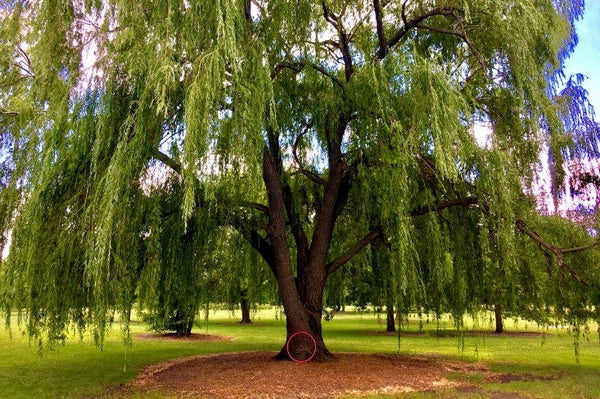Product Detail
Willow
1.Origin Country: Willows are found throughout the Northern Hemisphere, including North America, Europe, and Asia.
2.Variety and Color: There are various species of willow trees, such as the Weeping Willow (Salix babylonica) with its long, drooping branches, and the White Willow (Salix alba) known for its silver-white leaves.
3.Edibility and Commercial Use: Willow leaves and bark contain compounds like salicin, which have been used for their medicinal properties and gave rise to the development of aspirin. While not typically consumed as food, willows have played a significant role in traditional medicine.
4.Native/Wild or Commercial: Willows can be found in both wild and cultivated settings. Some species are planted for ornamental purposes, while others are grown for their medicinal properties or for making baskets and other crafts.
5.Commercial Long/Short Term: Willows can be used for short-term commercial purposes, especially in the context of crafting and traditional medicine. Their quick growth makes them suitable for certain commercial applications.
Short Description:
- Weeping Willow: Known for its elegant, cascading branches, the Weeping Willow graces water edges with a dramatic presence, its long leaves trailing in the breeze.
- White Willow: The White Willow stands out with its silvery undersides of leaves, offering a striking contrast to its green upper surfaces. Its bark has been valued for its medicinal properties.
Price: $40.00
